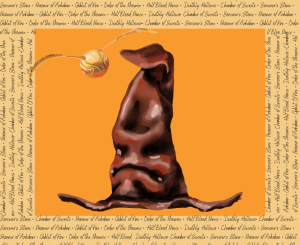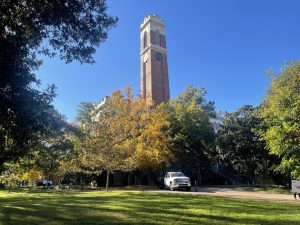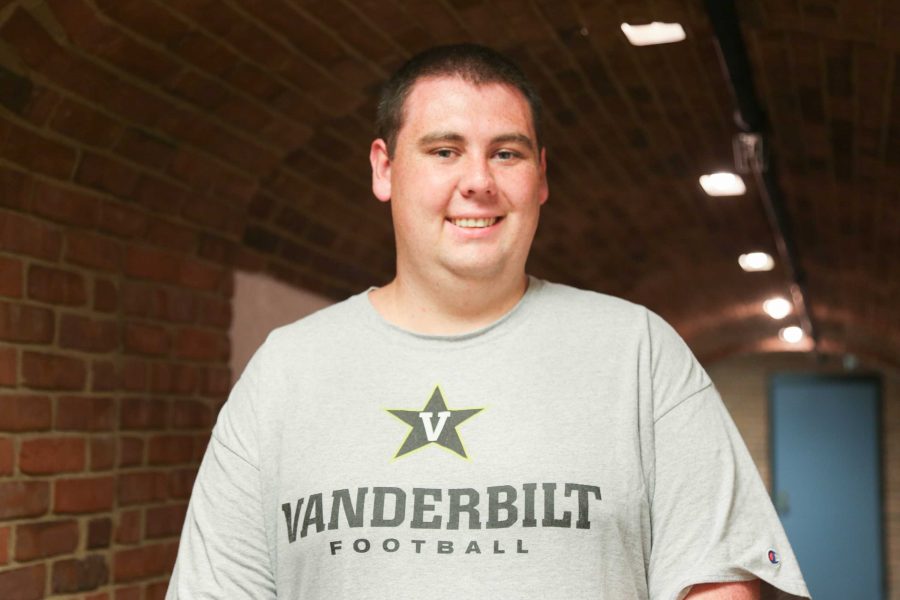Conservatives and Republicans often disagree amongst ourselves on what it means to be a true conservative, leading to terms such as “RINO,” “squish,” “sellout” and many more colorful insults used to describe other factions of the right. Even if we ignore centrist Republicans like John Kasich and socially liberal libertarians (not all libertarians are socially liberal), there are several warring factions of the right that each claim to be the purest version of a conservative. Let me explain their key differences from my admittedly biased point of view.
Right Wing #1: Social Conservatives
I will start with the one of the three main right wings with which I most identify. The social conservatives are largely Evangelical and Catholic, though significant numbers of Mormons and Orthodox Jews fall into this group as well. They are most concentrated in the South, Midwest and Interior West and exist in all income and educational levels. Social conservatives are most passionate about what they view as a moral decline in our society, as evidenced by things such as the legality of abortion and gay marriage and the societal acceptance of things such as transgenderism, drugs and casual sex. On the other hand, some social conservatives are somewhat ambivalent about issues such as immigration; for example, the Ethics & Religious Liberty Convention (the political side of the Southern Baptist Convention) recently released a statement saying that President Trump was legally right to end President Obama’s executive order on DACA. It urged Congress to find a solution that will allow Dreamers to stay in the United States legally, while also advocating for the need for strong border security.
Right Wing #2: Fiscal Hawks
The strongest fiscal conservatives in the conservative movement emphasize using political capital to reduce the government’s influence in our economy. The fiscal hawks tend to be wealthier and more highly educated than either of the other two primary groups and are found all over the country, but principally in suburban areas. They view the size of our ever-expanding entitlement state as a salient political concern and want to cut or eliminate many social programs. Some fiscal hawks even opposed recent attempts to reform Obamacare, arguing that they did not go far enough because they failed to repeal the law or fix any of its worst problems. Senator Rand Paul (R-KY) exemplifies this line of thought, having voted against some of the proposed bills. This group can also be subdivided into quasi-libertarians, who oppose aggressive counter-terrorism measures (and often think we spend too much on defense) and neo-conservatives, who are supportive of an aggressive foreign policy. On social issues, fiscal hawks certainly lean to the right and are solidly pro-life, but many fiscal hawks are virtually indifferent to issues like gay marriage, avoiding these issues entirely.
Right Wing #1+2: Modern Movement Conservatism
Before moving onto the final right wing, I must mention that conservative factions of the Republican Party are largely ruled by a fusion of the first two right wings. There is also a group (one that I am a part of) that is happy with this alliance. These people tend to be the most reliable part of the conservative base (the true believers in Reagan Conservatism, if you will). Demographically, they tend to largely be a combination of the first two groups: upper-middle class, suburban, religious and residing in conservative regions of the country. Politically, this group is not only staunchly socially and fiscally conservative, but also supports a strong military and national defense.
Right Wing #3: Populist “America First” Individuals
While this version of the right may be President Trump’s base, it is not the base of the conservative movement. Demographically, this group tends to be the most secular and also the least educated. They are found around the country, but are concentrated in the Rust Belt. While they may pay lip service to social and fiscal conservatism by saying they are pro-life and support tax cuts, these are not their real priorities. This group is actually at odds with traditional fiscal conservatives when it comes to issues like expanding and protecting free trade with other nations, preferring protectionist trade policies instead. Immigration is also certainly the make-or-break issue for this group. They want to cut immigration at all costs, making arguments such as “immigrants are stealing American jobs” (which are very similar to their anti-trade arguments as well). In a rare moment of honesty for this group, Ann Coulter once tweeted “I don’t care if @realDonaldTrump wants to perform abortions in White House after this immigration policy paper.” The “alt-right” can be thought of as a more extreme version of this group that takes positions that are actually considerably more liberal on traditional fiscal and social issues (with racist motivations leading them to their positions) than the mainstream “America First” voters.
Wrap-Up:
By no means is this an exhaustive list of every variety of conservative that exists in this country. I never mentioned the Republican establishment (that views the success of the Republican Party itself as its goal), Constitutionalists or other factions of the right. However, these are the groups that try to stake a claim to being the “true conservatives.” Two of them are being honest, and one of them is not. The left is insane on immigration and we do need a strong border, but real conservatives would not prioritize an ultra-hard line stance on the issue over the health of our economy and morality.











